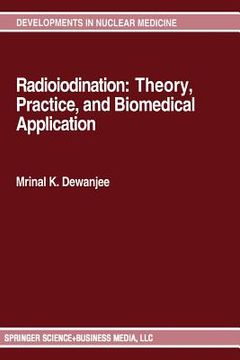Synopsis "Radioiodination: Theory, Practice, and Biomedical Applications"
Among the readily available -emitting radionuclides, the nuclides of iodine have the greatest versatility in labeling both the hydrophilic and the lipophilic compounds that are used in biology and medicine. Biologically important micrmolecules, semimacromolecules, and macromolecules have been identified which, after iodination, almost maintain the same molecular configuration and similar biologic specificity as those of the parent molecules. The multiple techniques for iodination and the clinical use of iodinated products have made possible the present status of the development of diagnostic nuclear medicine. 125r, with a half-life of 60 days, has a crucial role in competitive protein-binding studies. 131r is useful for measuring thyroid uptake, for the diagnosis of thyroid carcinoma and metastasis, and for therapy. 1nr, with a reasonably shorter half-life, is almost ideal for thyroid workup and for a few useful labeled radiopharmaceutical. Although c is used more widely in diagnostic procedures, the radionuclides of iodine will always have a major role in biology and medicine. A considerable amount of information is scattered in the literature regarding the chemistry of radioiodination and the mechanism of tracer localization in cells and tissues. Labeled peptides, proteins, and antibodies are extensively used for protein turnover studies, receptor binding and tumor imaging studies, and radioimmunoassay. The general trend in the use of tracers in clinical nuclear medicine has been an evolution from 3H, 14C, 11C, and 13 to 125, 131 and 123r to c and 111rn.

